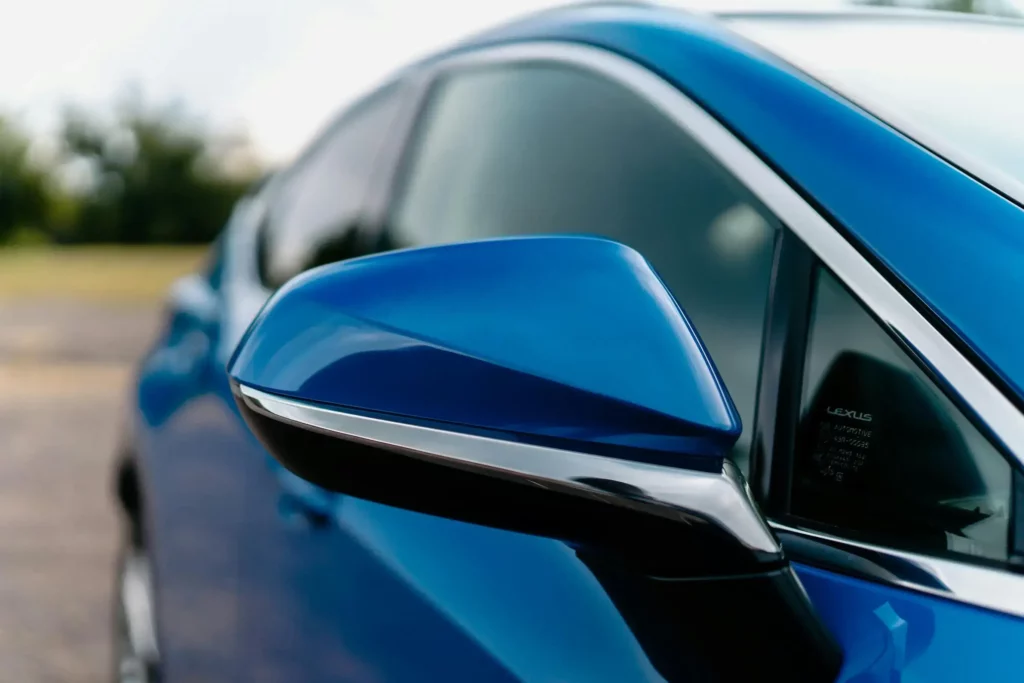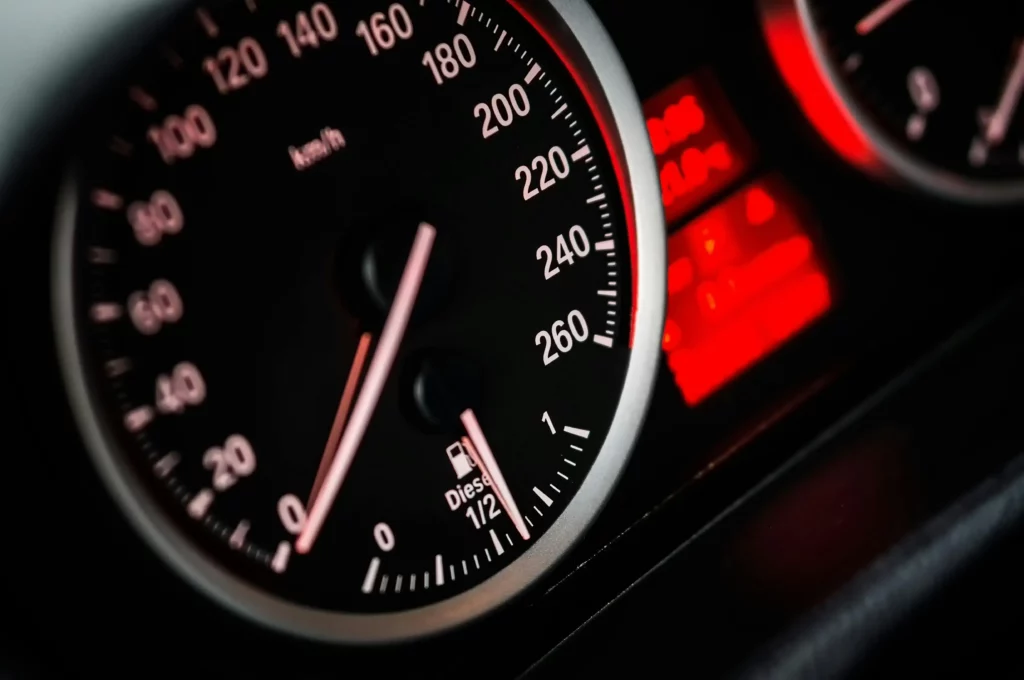There’s a good chance you’ve already heard of ADAS, and you might have a basic understanding of what they are and what they do. However, if you didn’t already know, there are 6 different levels of ADAS technology, which increase in complexity and automation.
In this blog post, we’re going to look at the meaning of ADAS, how to spot if your car has safety systems in place, and explain the different levels. We’ll also determine whether you might need an ADAS recalibration too, which ensures that these systems run smoothly and safely.
What does ADAS mean?
ADAS stands for ‘advanced driver assistance systems,’ and refers to any technologies present in a vehicle which help to streamline driving and increase safety on the road. These systems work using sensors and cameras, which are complimented by smart algorithms to quickly provide warnings, recommendations, visual feedback, and in some cases, automatic intervention.
People often refer to these as ‘ADAS features,’ and there are numerous of these, many of which you have probably used without even realising they’re there. The primary goal of ADAS features is to improve safety on the road, they’re designed to reduce the frequency and severity of road traffic accidents, as well as automating aspects of driving in some cases.
Does my car have ADAS features?
It’s highly likely that your car has at least 1 or 2 ADAS features, if not more. Systems you should look out for include parking sensors; which might beep or use a visual display during parking to indicate distance from an obstacle, or traffic sign recognition; which will identify and display road signs on the vehicles dashboard. If your car has any of these features, then it’s equipped with ADAS. In fact, by law, all new cars in the EU must be equipped with certain features.
If you would like to know for sure exactly what safety systems your car has in place, we’d recommend reading your car manual. Alternatively, a quick web search of your exact car make and model would probably tell you all you need to know too!
What are the 6 levels of ADAS?
There are 6 levels of ADAS technology, and they increase in automation:
Level 0: No Driving Automation – the most common type of vehicle driving assistance, there is no automation or intervention at all, the driver is in complete control.
Level 1: Driver Assistance – there is at least one system which provides steering, acceleration, or braking support. Otherwise, the driver is still in total control.
Level 2: Partial Driving Automation – the vehicle is able to control steering, acceleration, and braking, but the driver must remain involved and be ready to take control regularly.
Level 3: Conditional Driving Automation – the driver still needs to be aware and ready to take over just in case, but the vehicle is mostly able to handle specific driving tasks in certain scenarios.
Level 4: High Driving Automation – a driver is able to completely avoid driving duties whilst the car handles driving. This is only possible in some conditions however.
Level 5: Full Driving Automation – the vehicle is fully autonomous, capable of driving without any intervention at all.
Only a handful of vehicle brands have actually achieved full driving automation so far. A common misconception is that high-end brands such as Tesla are fully autonomous or at least close to this, when in reality Tesla vehicles actually only work at level 2 at the moment.
How do I know if I need an ADAS calibration?

You’ll most likely notice it pretty quickly when you need an ADAS calibration, especially if your sensors and cameras have become severely out of calibration. Things like false warnings and interventions are a sure sign that you’re in need of calibration, but there are some other warning signs:
- Dashboard warnings – usually, ADAS inconsistencies will be flagged by your vehicle and show up in the form of a warning on your dashboard.
- Windscreen replacement – if you’ve recently had a windscreen replacement, or been in an accident, windscreen mounted sensors might become miscalibrated.
- Inconsistent functionality – features like adaptive cruise control and lane departure warning flagging or intervening incorrectly is a strong indicator of needing a calibration.
- Wheel alignment issues – after having a wheel alignment, a recalibration is sometimes necessary because of changes in suspension levels or similar things.
If you think you may need ADAS calibration, it is recommended that you act fast and get one booked in as soon as possible. Whilst unlikely, misreadings from sensors and cameras can lead to dangerous errors and interventions from ADAS.

